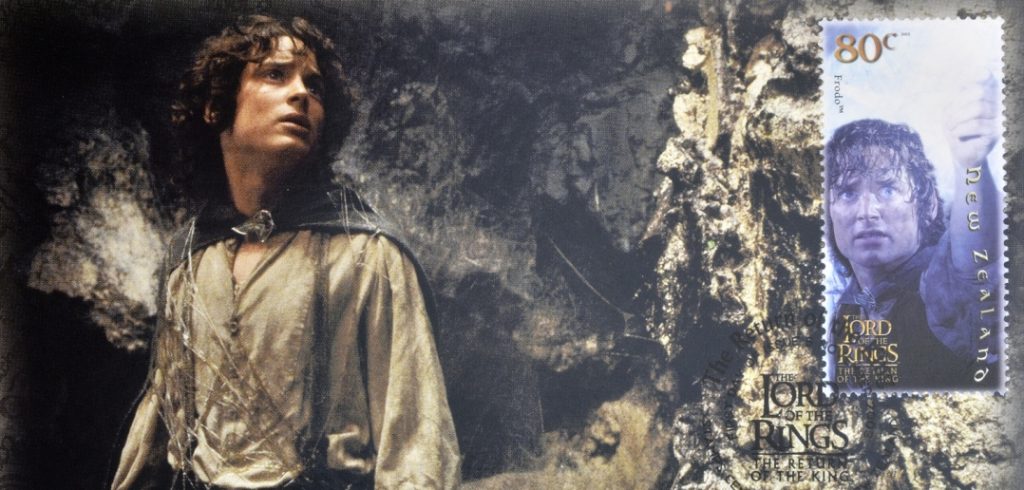The year was 1920 when J.R.R. Tolkien began an endearing tradition of writing and illustrating letters from Father Christmas to his four children. It was a tradition he lovingly continued for 23 years.
Tolkien wrote the letters in very nervous and shaky handwriting, alternately told from the point of view of either Father Christmas or his elf secretary. Known for his attention to detail in his later works, Tolkien even had the letters delivered in envelopes bearing custom-made North Pole stamps and postage marks he designed.
The letters told charming stories of Father Christmas at the North Pole and his various helpers, especially the shenanigans of North Polar Bear, who was always getting into trouble.
For instance, one year Father Christmas wrote how Polar Bear sneakily turned on the tap to the Aurora Borealis fireworks in one blast and used up all the northern lights for the next two years. In another year, he reported that Bear fell asleep in the tub with the water running and flooded all of that year’s presents.
Captivated by the letters’ warmth and charming stories, Tolkien’s children corresponded with Father Christmas, letting him know what they wanted for Christmas and sending their best wishes.
When Tolkien wanted to impress upon his children that they were blessed with a comfortable home and loving family, regardless of how many presents they received, he had Father Christmas mention one year how he had little room in his sleigh for presents because he was carrying food and blankets for needy children.
From the first letter to his three-year-old son John in 1920 to the final poignant letter to his daughter Priscilla in 1943, Tolkien wrote wonderful tales of life at the North Pole. Every year, the letters and the world of the North Pole evolved and became more exciting.
A selection of these letters was published posthumously in 1976 as a delightful book called The Father Christmas Letters. A newer version, republished in 1999 and retitled Letters from Father Christmas, contained several letters and drawings not included in the original edition.
Some critics suggested that certain creatures in Letters from Father Christmas might have inspired creatures appearing in The Lord of the Rings trilogy. For instance, Laurence and Martha Krieg, writing for the journal Mythlore, proposed that the wizard Gandalf might have been developed from Father Christmas.
Although The Hobbit and The Lord of the Rings trilogy are considered among the most popular and imaginative books in the world, having sold tens of millions of copies, Tolkien displayed his imagination and creative mind long before they were published when he began these Father Christmas letters. Today, readers young and old are charmed by what has become a classic holiday treat.
Nancy Willard, writing for The New York Times Book Review, declared after reading this classic, “Father Christmas lives. And never more merrily than in these pages.”
If you have young children in your life, consider starting your own tradition of an annual Christmas letter and allowing your inventiveness and creative talents to spark their imagination. It’s a gift they will treasure for years to come.






